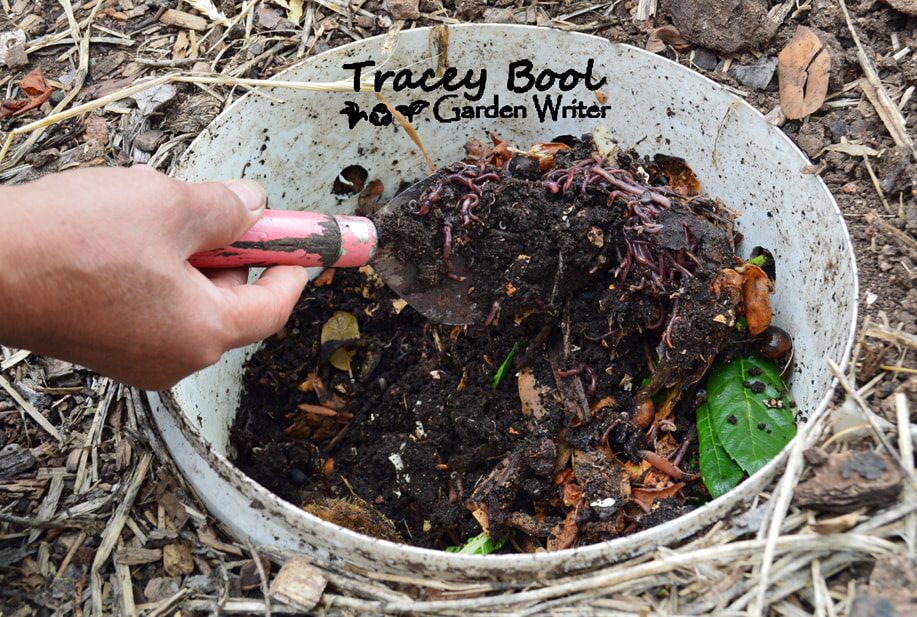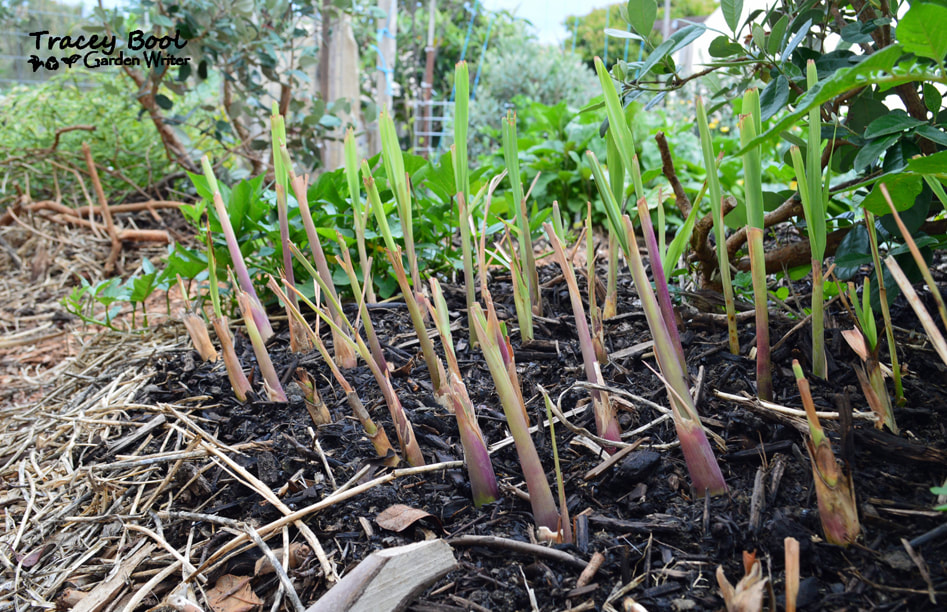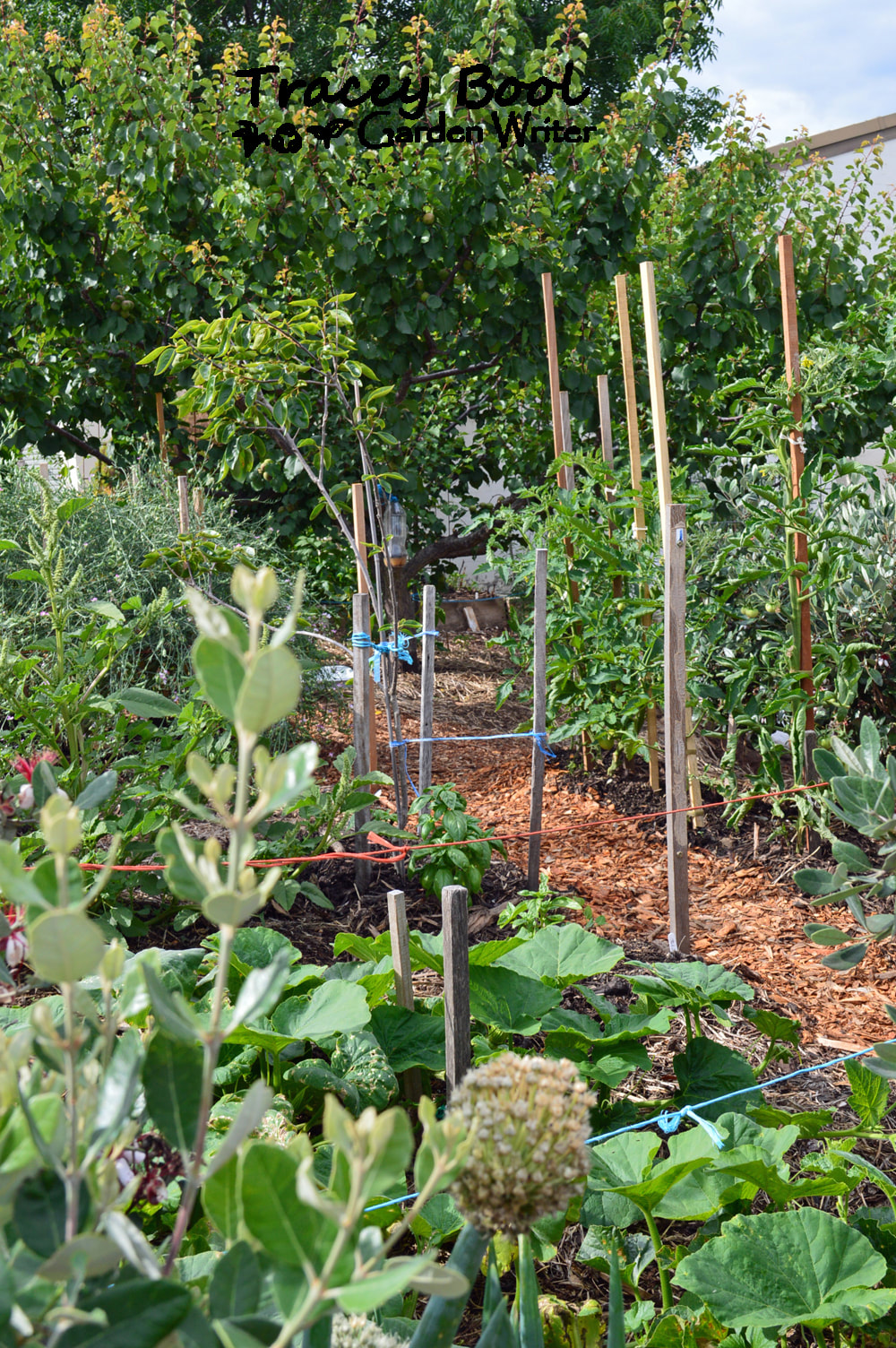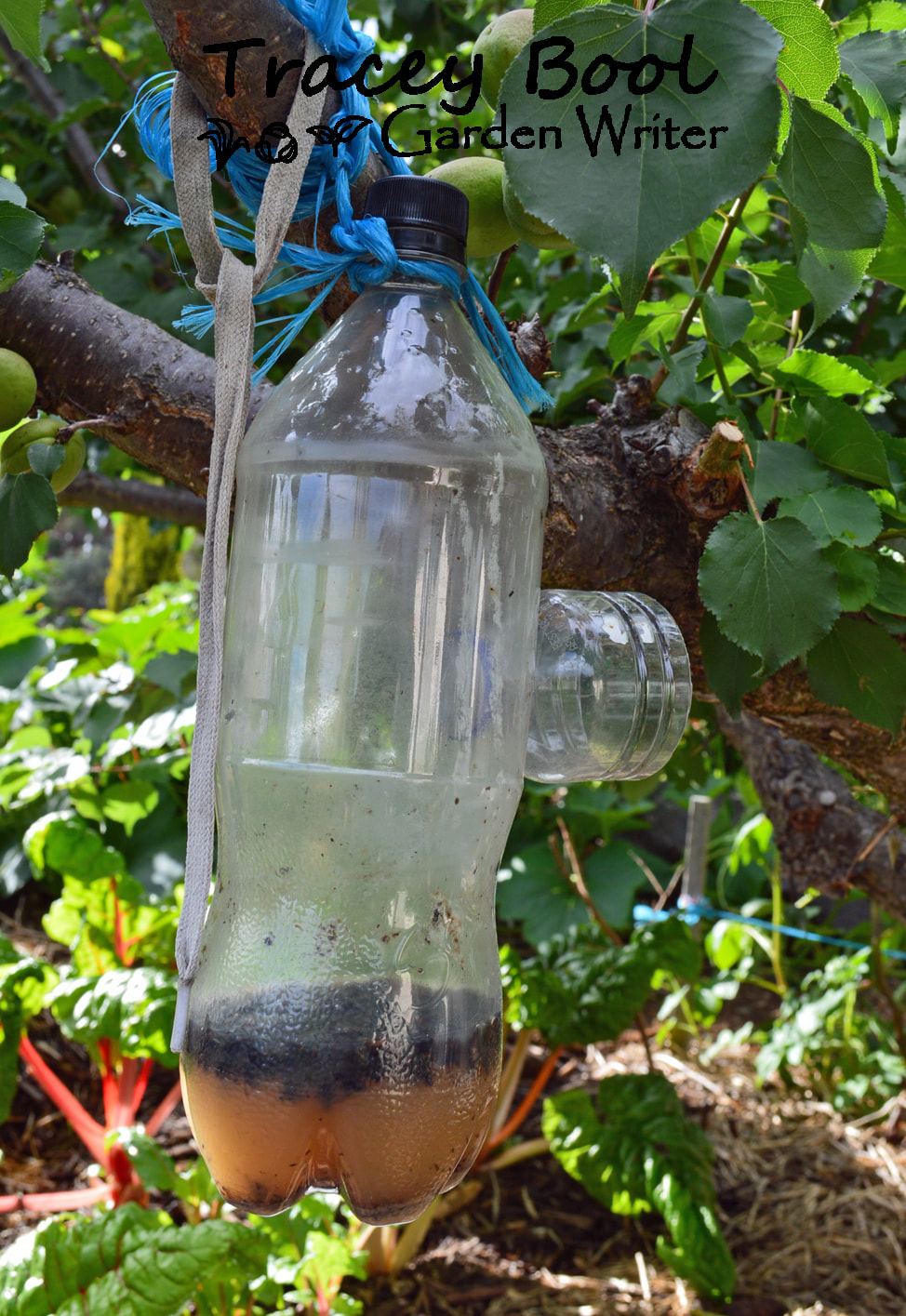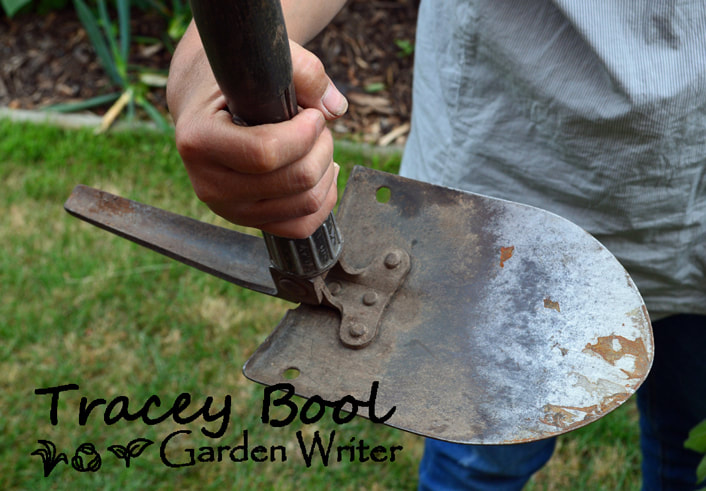|
Grow plants and prosper: intensive gardening at its finest
(February 2018) Richard and Pheap’s garden, which is wholly productive in nature, is a shining example of how veggies, herbs, fruiting plants and recycled innovations can not only be useful, but also aesthetic, structured and inspiring. The northside property is approximately 300m, 100m of which is designated growing space. A further 100m of body corporate communal garden space is also utilised by the couple. Although relatively small, the gently sloping garden is connected yet diverse and interesting for people and wildlife alike. Planting beds are raised for improved drainage, and they are easily accessed from all sides via easy care walkways topped with wood chips. This organic garden is beautifully maintained but far from sterile – it is not unusual for Pheap to be out planting veggies late into the summer evenings, to reduce transplant shock and take advantage of seasonal downpours. The once impoverished and severely compacted soil is now a fertile plant and soil life metropolis. The couple regularly add manure, compost and organic mulch to good effect. The bulk of watering is carried out using town water supply. There are many innovations and practices in evidence throughout Richard and Pheap’s garden, including:
Among the wide range of well-known productive veggies growing in Richard and Pheap’s northside garden, there are also many exotic and unusual ones. Frost tender lemon grass is growing well in a protected and sunny spot in-ground, and taro with its oversized foliage gives a tropical feel amongst the greenery. Of particular interest was the edible leafy green, Cleome gynandra, known as African cabbage, spider wisp or cat’s whiskers. Pheap calls it ‘Mo-mee-an’ (sounds like) and uses it to create the traditional Thai pickling dish, pak-sian-dong. One could say Richard and Pheap have a passion for Feijoas (Acca sellowiana), with at least 30 growing on the property and with more freshly germinated seedlings on the way. The trees are hard pruned each season, to give less, but much larger, fruit. A thriving golden delicious and a red delicious apple tree have been pruned to 7 or 8 lateral branches with the central leader still intact. The lateral branches have been trained to be primarily horizontal (vertical growth doesn’t fruit well and downward growth tends to be weak and prone to breaking). The trees are kept at a modest height for ease of picking and maintenance. Richard applies Neem oil at critical times throughout the growing season to successfully destroy the eggs of the ever-present and destructive codling moth. An established seedling grown apricot tree flowers and fruits later in the season, which means it misses those late frosts our Canberra climate is known for. It has been pruned to a vase shape to promote maximum air circulation and subsequently reduce incidence of fungal diseases. Richard and Pheap also have garden plots at Charnwood Community Garden, which is run by the not-for-profit organisation, Canberra Organic Growers Society. The couple grow a range of productive crops at the site, such as climbing beans, potatoes, berries, ever-more Feijoas, and leafy greens. They have been trialling the Back to Eden Gardening method with good results (popular organic growing method promoting fertile soils and using deep layers of bark mulch). Unsurprisingly, Richard and Pheap are passionate and competent cooks, creating a wide range of seasonal dishes and preserves. Richard makes a refreshing and moreish dip with radish, onion, tomato, rocket, avocado, lime juice and salt and pepper, which he whizzes in a food processor. One preserve I couldn’t get enough of was the pickled and dried radish strips Pheap makes – I was sampling these salty flavoursome treats like nobody’s business. She uses large white radishes, which are sliced into strips around 7cm x 2.5cm and combined with salt before being left to sit overnight. The excess liquid is drained from the radishes before adding white vinegar and raw sugar, and then they are dehydrated on trays either outside or in an electric dehydrator. |
